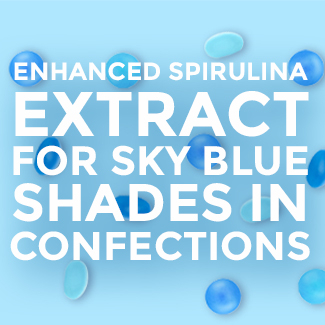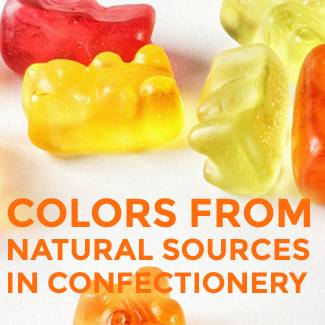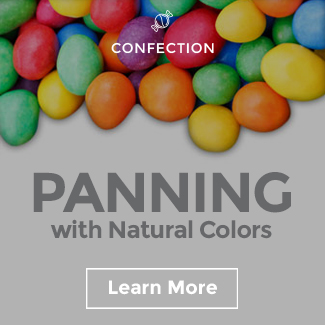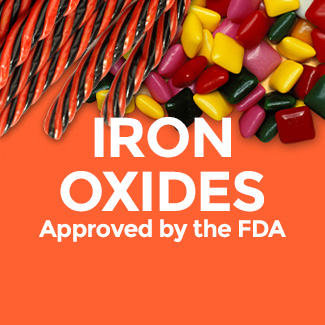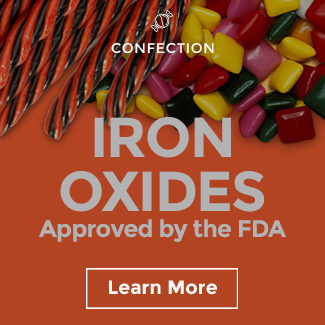Increase Seasonal & Holiday Profitability: 3 Strategies for Grocers
‘Tis the Season for New Product Launches
While limited-time seasonal product launches often require additional planning, the return is usually worth the effort. Brands can drive incremental volume and provide loyal consumers with additional reasons to engage with their brand. Many leading consumer brands like Oreo and Starbucks make regular use of limited-time-only (LTO) offerings. In order to drive impulse purchases and remain top of mind to consumers, the Oreo LTO strategy seems to be “the more the merrier”. With around 14 LTOs in 2019, the brand delights and surprises consumers year-round. This strategy seems to do the trick. Oreo flavor buyers, and by that we mean those buying more than just original Oreos, actually purchase 50% more Oreo cookies than the average brand buyer, according to Justin Parnell, Oreo Senior Marketing Director. Starbucks, moreover, reaps similar seasonal results—their infamous PSL (Pumpkin Spice Latte) brings in a whopping $100M each fall season.
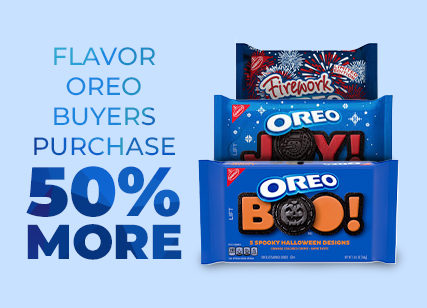
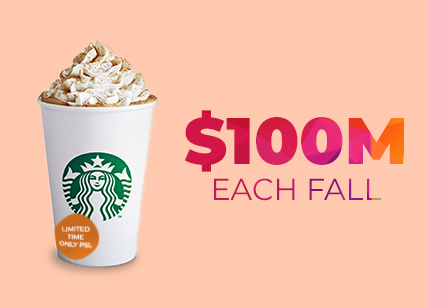
Grocers like Walmart, Kroger, and Trader Joe’s are also not strangers to the power of seasonal food offerings and continue to invest further in their store brand seasonal strategy. While the planning of specialty LTO and seasonal items at grocers is lengthy, typically anywhere from 12-18 months, the reward is big. Retailers count on seasonal buying and specifically seasonal impulse purchases so much that a shortened holiday season such as 2019 can be the demise of poor quarterly results. Both Target and Walmart suffered that fate last year.
When you walk into Walmart (or virtually any retailer) during a holiday period, you will see dedicated aisles to the season or time of year (back-to-school, Halloween, Spring, etc.). In fact, most retailers create their merchandising calendars around various seasonal themes. If you are doing some online winter holiday shopping on Target’s website, you will most likely end up in their “Wondershop”, a dedicated webpage for their collection of only-at-Target seasonal items. Do you have the Starbucks App? If so, you may receive promotional push notifications alerting you the infamous #PSL is back in-store waiting for you. These are all tactics that drive engagement!
While those are all great strategies to draw customers to the store or website to ease holiday shopping, once shoppers are there—

These three strategies, implemented in the early stages of planning and product development, can help convert browsers into buyers.

Referring back to Procter and Gamble’s coined term from 2005, the “First Moment of Truth” or those first 3-5 seconds a shopper notices a product on a retail or digital shelf is all about interrupting a consumer’s attention. There’s no better way to pique consumers’ interests than through eye-catching products that make their seasonal treating or snacking more special and Instagrammable.
With today’s food color technologies, a bountiful rainbow available in both artificial and natural colors awaits seasonal product developers. Brand managers can even suggest their developers experiment with head-turning food science innovations like color-changers, food colors with functional benefits, edible glitter, or colors with heating or cooling sensations. Color also has a significant impact on flavor perception, and our research indicates a positive correlation between color vibrancy and intent to purchase. In summary, special occasions like holidays aren’t every day and seasons are short lived, so dress up the food that celebrates them to illicit those “I have to try that” moments.
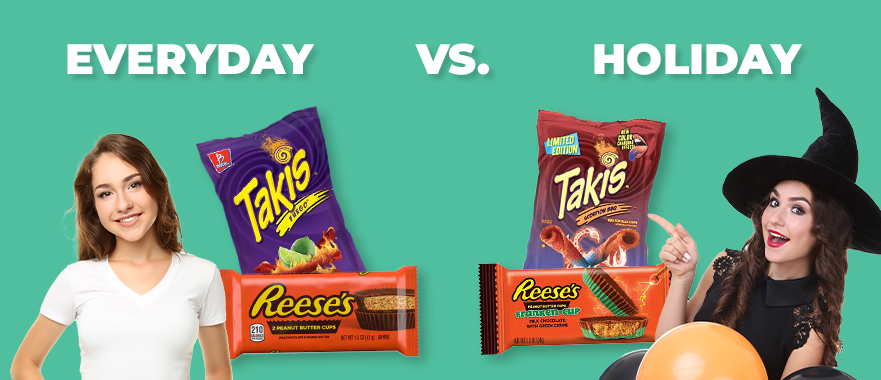

Multi-sensory products are winning consumers over by offering a unique, immersive experience apart from the ordinary. Seasonal products enable brands to blanket consumers in all of the holiday feels by igniting the senses through food. Experimentation in texture, aromatics, and opposing flavors or sensory effects like cooling, heating, tingle, and popping are excellent ways to not only attract consumers to buy a product but also give them a memorable product experience that keeps them coming back to see what your brand will do next. Consumers are eager to experience the unexpected…
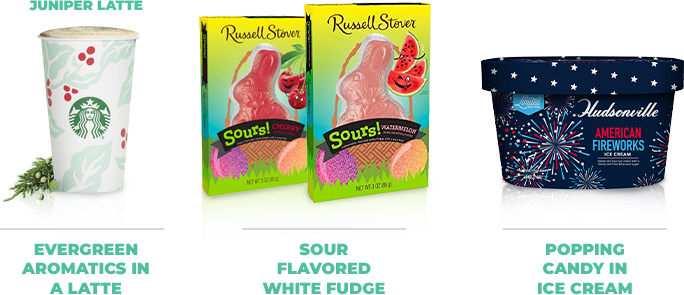
As experts in sensory ingredients, Sensient is happy to connect with brand managers or manufacturer’s product developers to reveal the latest multisensory food trends and ingredients.

Grocers can flex their seasonal muscles by reacting quicker to market trends through strategic collaboration between retailer, manufacturer, and comprehensive ingredient supplier (supplier with turn-key solutions consisting of multiple ingredient components). This type of integrated approach to product development enables an accelerated pace, allowing grocers to get their seasonal displays up early for additional sales opportunities. At Sensient’s Innovation Hub in the Chicago area, holiday or limited-time-only concepts can be identified, tested, and modified in less than a week’s time.
Identified
Sensient’s ideation team can identify new product concepts in any category that are desired by today’s modern consumer and distinctive in the market.
Tested
In the hands of sensory and food application experts, new product recipes that not only look great but taste great can be developed and tested in lab equipment that mimics commercial manufacturing.
Modified
Experience and review seasonal recipes at the innovation hub or we are happy to ship to your location. Upon feedback, recipes can be quickly tweaked and modified as needed then perfected for launch.
Here’s how it works…
It is critical for grocers’ innovation partners to demonstrate preparedness by developing limited time only products that are not only easily executable for manufacturers but also demonstrate the grocer’s understanding of consumers’ interests. Looking at product development more holistically may be a different approach for grocers, but it empowers faster development with higher consumer relevancy. An ingredient supplier with a broader portfolio like Sensient is going to have a quicker reflex for seasonal and holiday R&D development, enabling retailers to get unique products with the best and on-trend ingredients to market fast.




